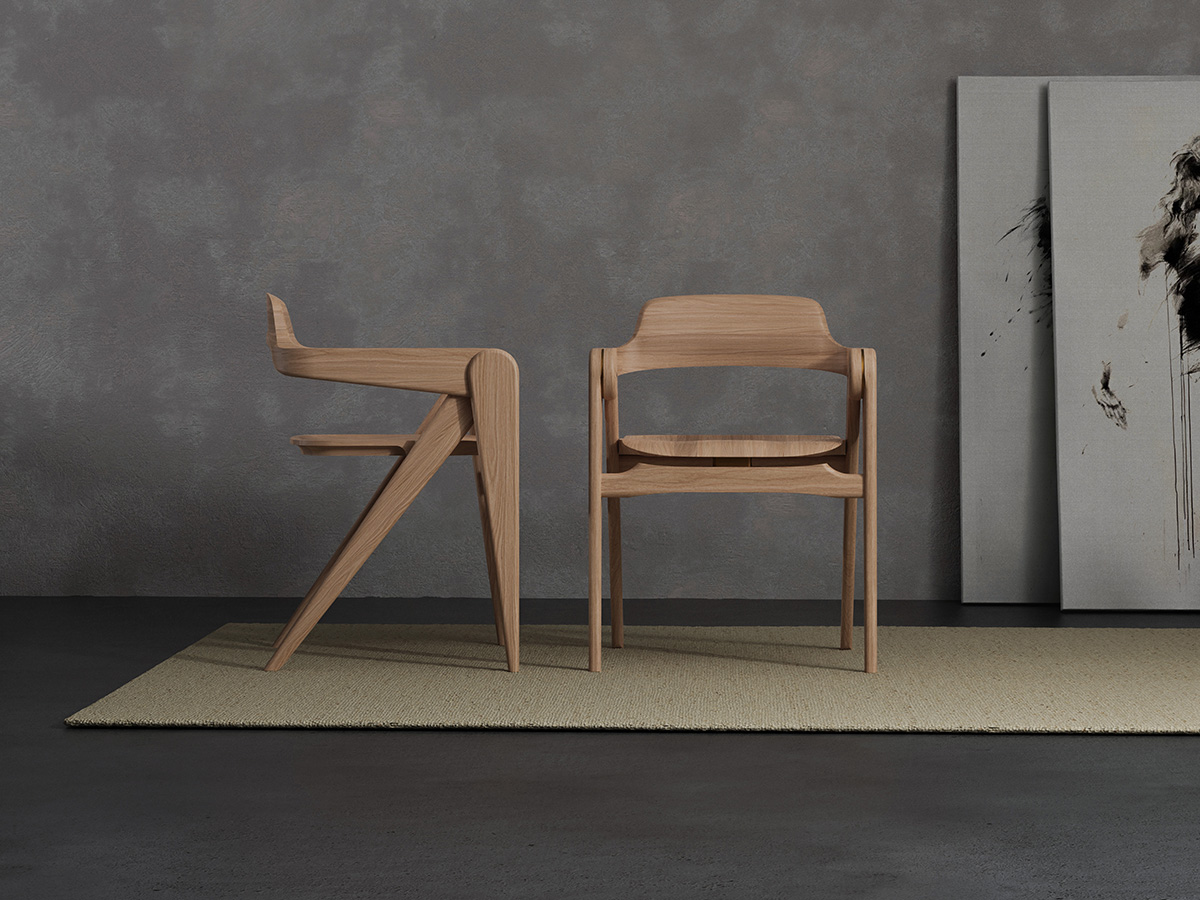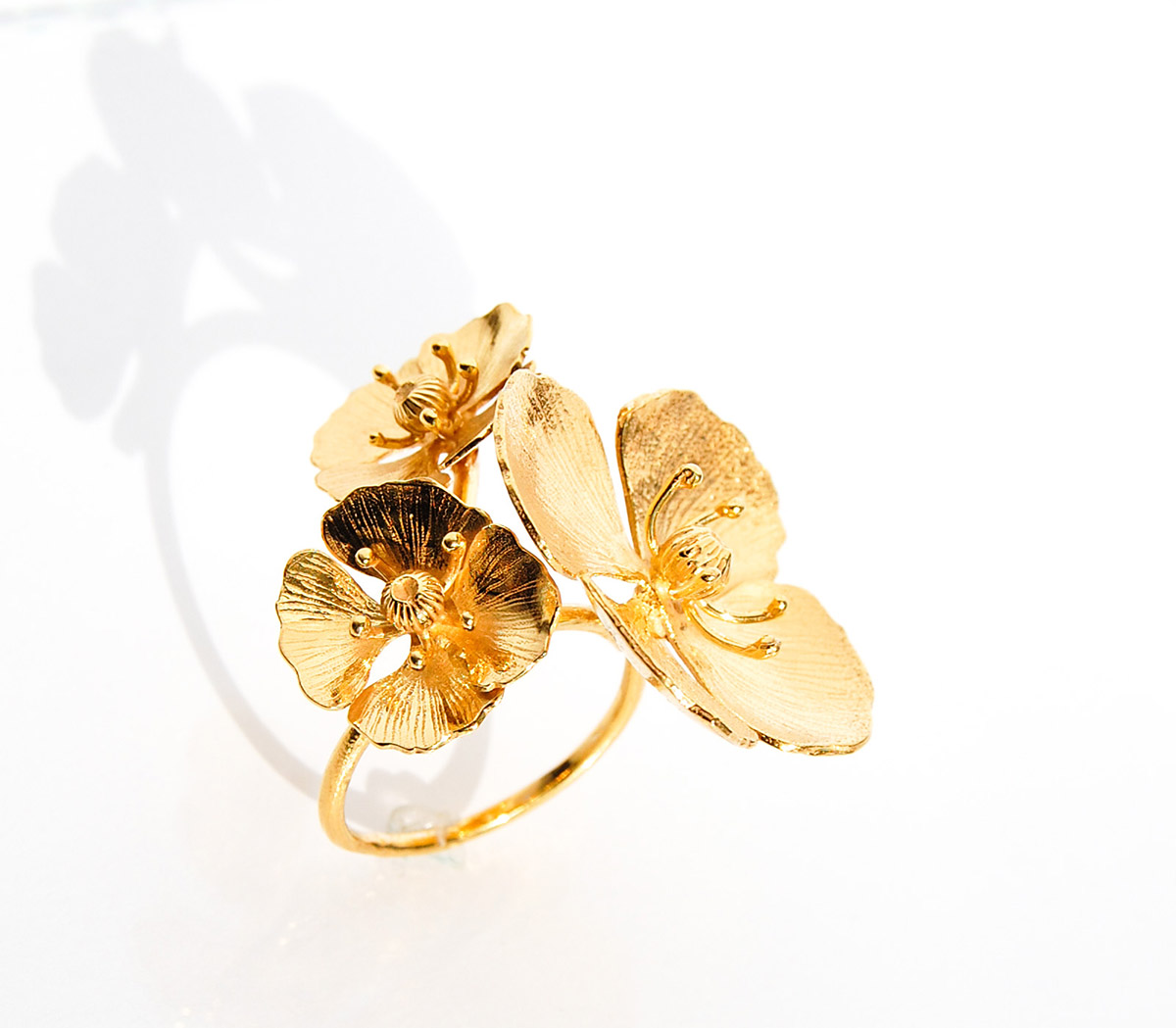Drømmefabrikken: The dream factory – the power of stunning colour palettes and strong patterns
By Mari Koskinen | Photos: Sveinung Bråthen
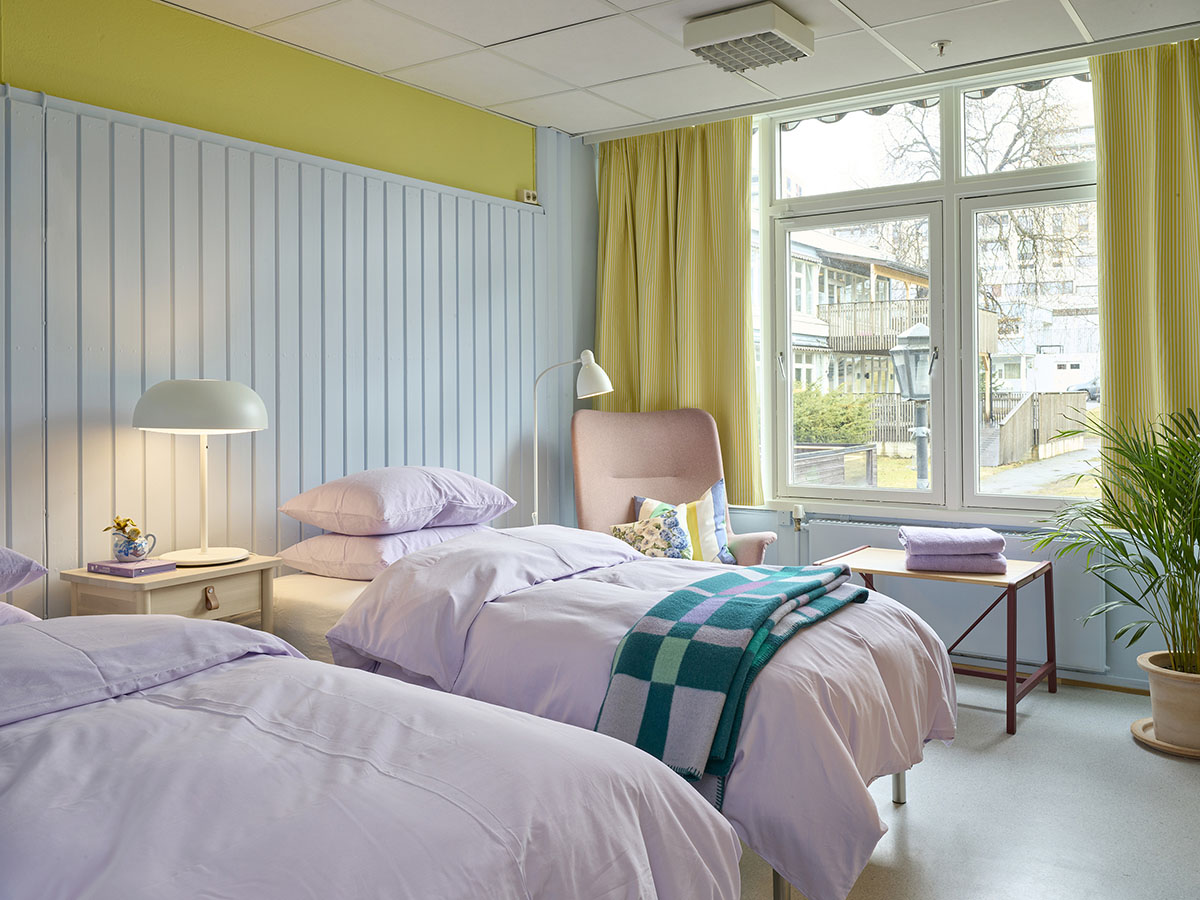
Nordre Åsen palliative care home for children and their families.
Christine Hærra, who always aspired to be a stylist, started her impressive 19-year career right after her studies in interior design and visual merchandising. Over time, her work has expanded to include interior design, and while she often works for private clients, her extensive portfolio also includes public spaces like hotels, restaurants and care homes.
“Today, I mainly focus on interior design, and the majority of my projects are private homes,” explains Hærra. Her work takes her all over the country. “We have a lot of old heritage homes in Norway, and they traditionally have a lovely variety of colours and patterns. It is important to me to respect the style the house represents.”
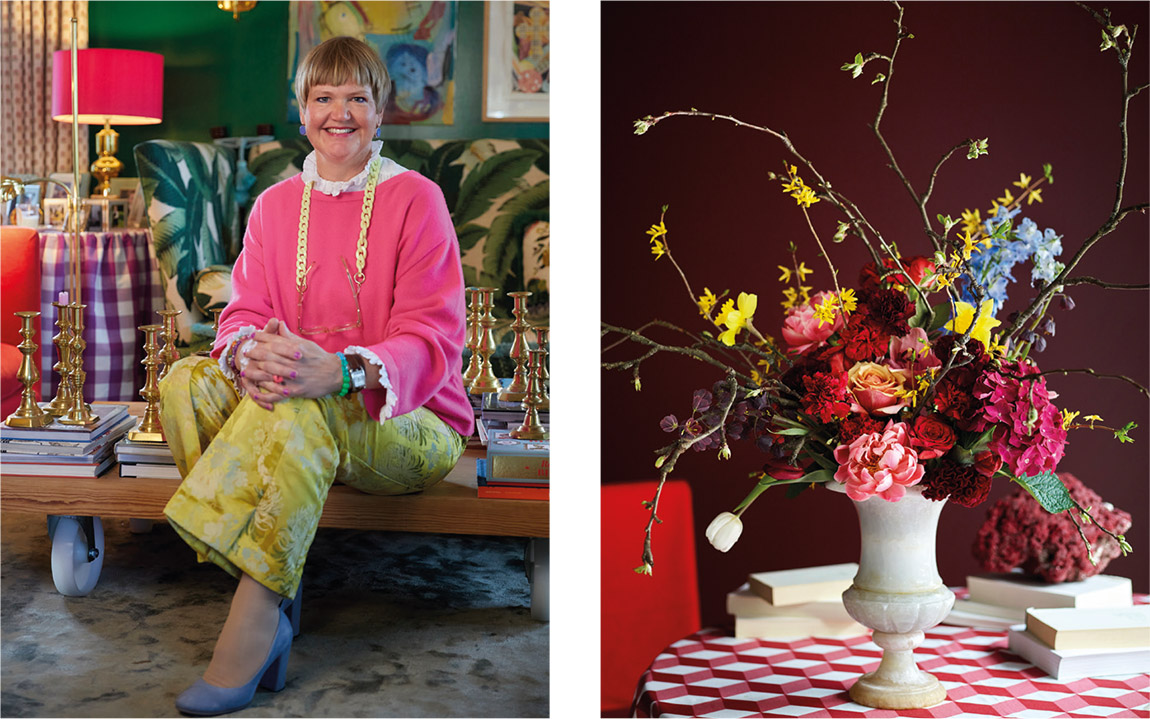
Left: Interior designer Christine Hærra.
A new project starts with an interview with the client to find out what they expect from the end result, and whether they have preferences for colours and materials. “I spend time getting to know the clients, and their likes and dislikes,” Hærra continues. “During longer projects, I often grow close to them. An extensive farmhouse project with several buildings, for example, can last for months, or even years.”
Hærra studies the history of each house and the period it dates back to. “These homes are meant for living, so mod-cons are installed, but always with respect for the past,” she explains. This is achieved by including the history of the building in her design, which uses styles, colours and patterns typical for the era in question. In the end, all this information is gathered into sketches, colour and textile sheets, together with a proposal for furniture and lighting. “I am very fond of solutions for floor plans – it’s like a puzzle, and it always feels fantastic when all the pieces find their place.”
Hærra is also concerned with sustainability of materials and furniture. “I believe that it is worth investing in quality materials and furniture, which last for many generations. Old pieces can really liven up a space, and it’s great to be able to give old furniture a new life. This can be achieved with any budget. You can get good second-hand furniture for the price of newly produced furniture.”
Hærra also delivers turn-key projects, where she coordinates the renovation from start to finish. “I work with a professional team of highly skilled carpenters and painters,” she says, adding that this passion and dedication has contributed to long-standing relationships with many clients. “I love it when I get a message from them even a year after the project, saying that they appreciate the space they live in and enjoy inviting people there. Much of my business comes from repeat clients and direct referrals.”
Hærra wants to pass on her knowledge and vast experience, and she teaches at two different design schools. Her subjects include the historical interior design periods, where she is an expert in her field, and also photo styling, composition and other interior design-related subjects. “I love to teach. I learn new things every day myself, and it is a pleasure to share that with my students. I want to teach my students good craftsmanship, like composition – so important in both interior design and styling.”
Well-known projects
Hærra also boasts large public projects in her portfolio, like the recent project for Norway’s first palliative care home for children. “This project was close to my heart. The focus was on creating such an atmosphere where families can feel safe and comfortable while they go through that hard time.” Another well-known project encompassed the colourful suites at Grand Hotel Oslo, which soon became the most popular rooms at the hotel.
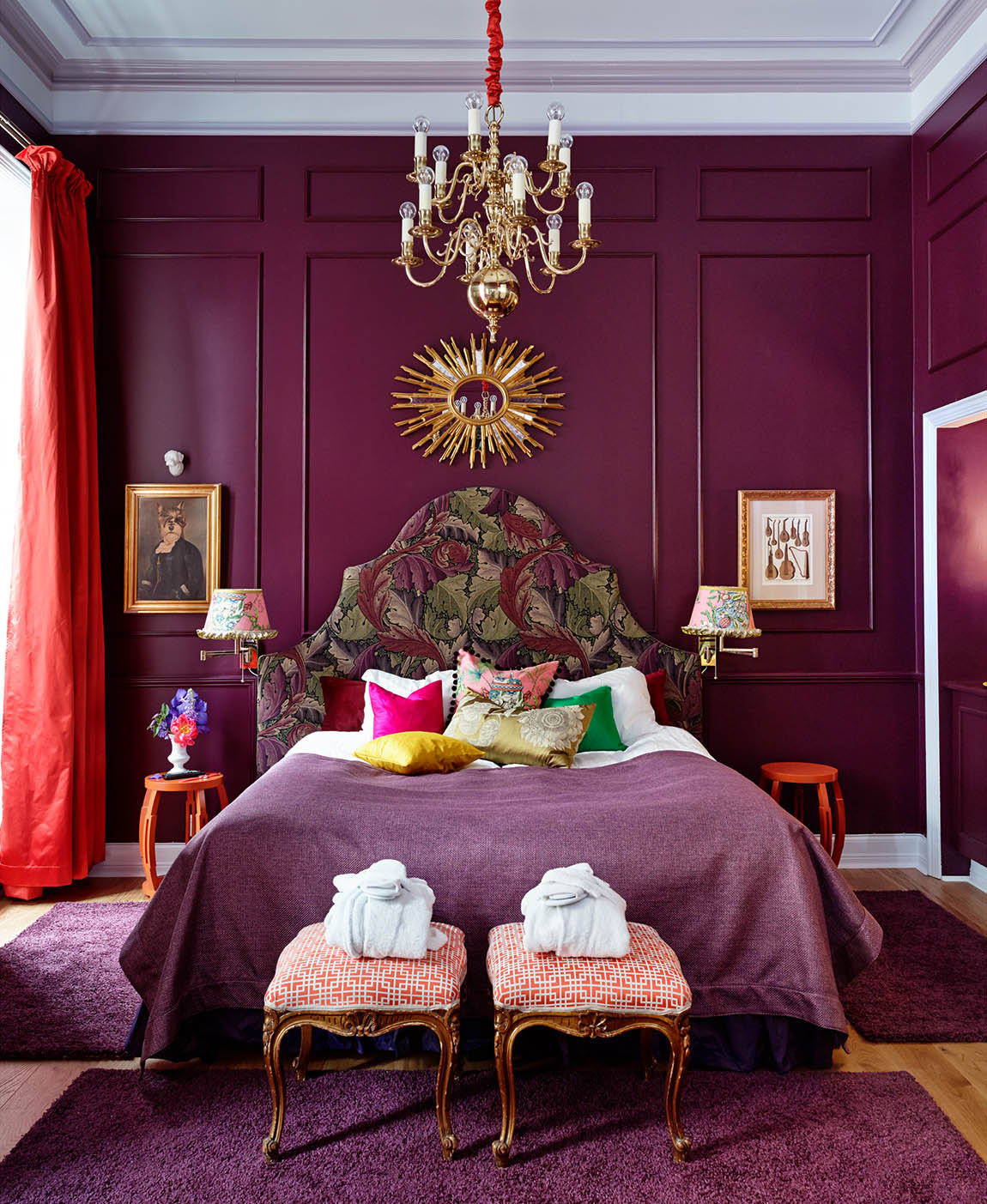
The Mikado Suite at Grand Hotel Oslo.
Hærra believes that a well-designed space can give something to all of the senses, and she prefers to use natural materials like cotton, wool and linen. “Natural materials have a completely different feel, smell and texture to artificial materials. Often natural materials also last longer and just get more characterful as time passes,” she explains.
Public buildings naturally come with strict health and safety guidelines, but Hærra does not see this as problem. “All guidelines need to be met, but I always teach my students that it is as important to make it look and feel lovely – you can’t take any shortcuts there.”
Dreams at the dream factory
Next year, Hærra is celebrating the 20th anniversary of her career. The name of her company is Drømmefabrikken, ‘the dream factory’. Asked about her own dreams, she contemplates that she is very satisfied with the situation she finds herself in today. “I get to work with my dream projects and I often have a lot of freedom, and I find that very rewarding. Perhaps one dream would be to design a whole boutique hotel. I am open to new challenges and always give my best to every project.”
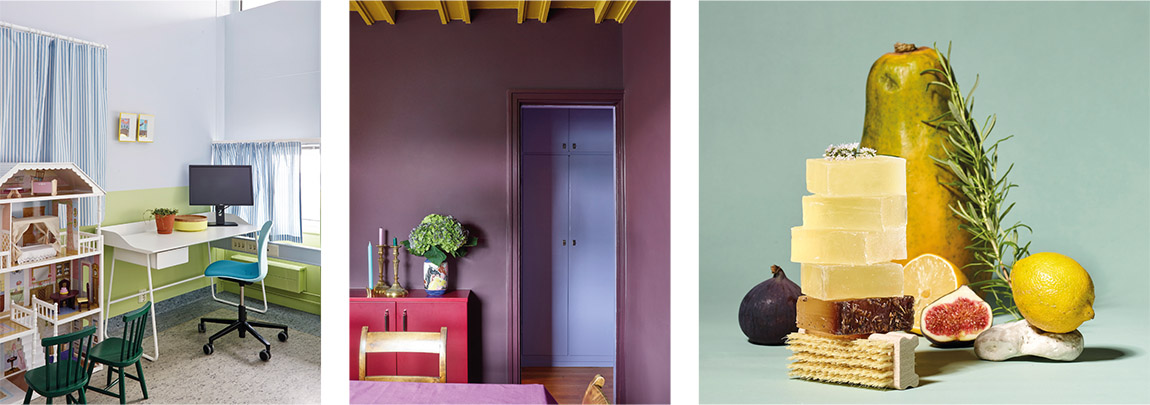
Left and centre: The children’s department of the Ullevål University Hospital is among Hærra’s earlier projects. Right: Styling for Csoaps.
Web: www.christinehaerra.no Facebook: Drømmefabrikken as Instagram: @ilovepolkadot
Subscribe to Our Newsletter
Receive our monthly newsletter by email


